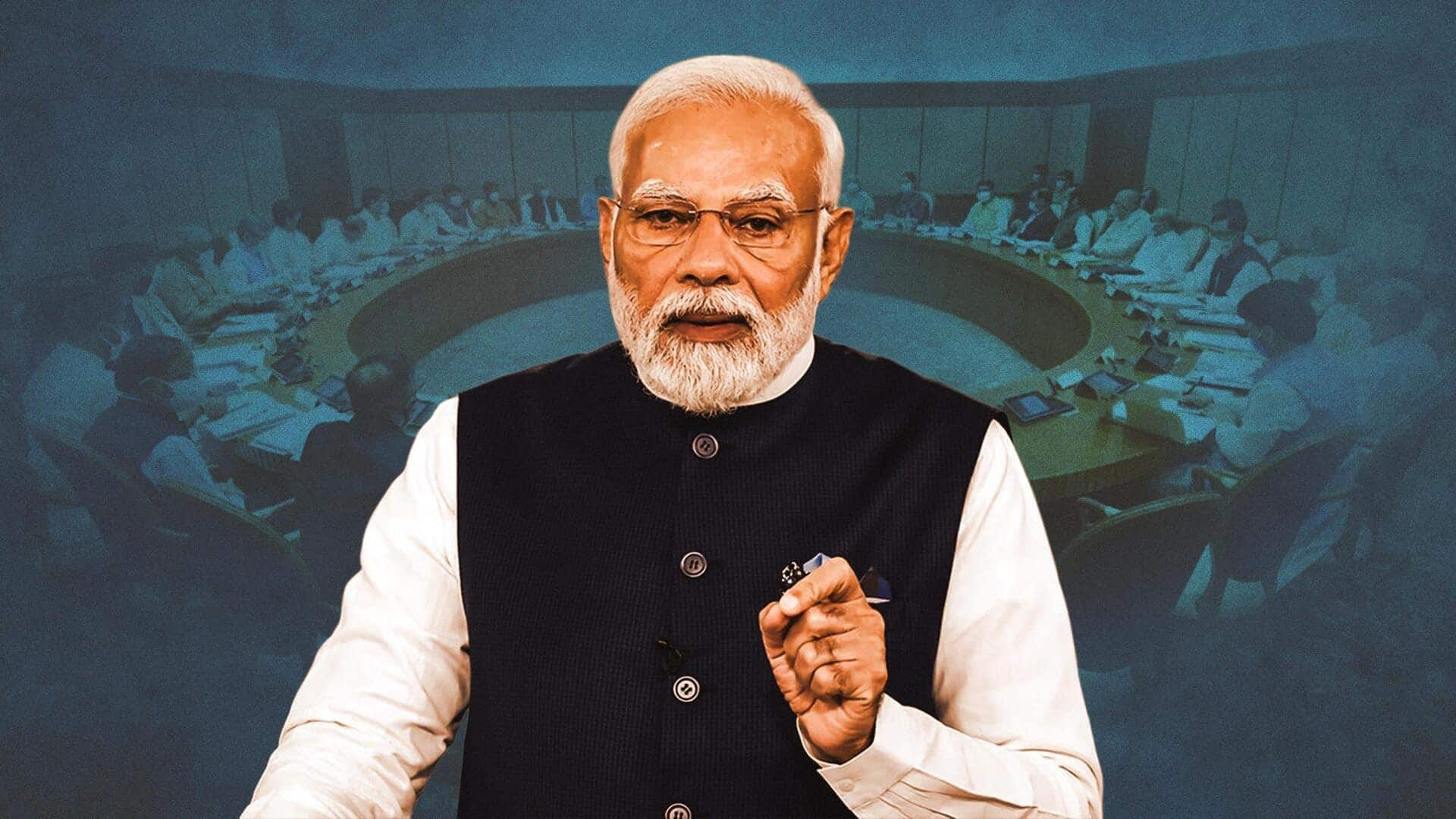
Centre approves ₹7,280cr scheme to make rare earth magnets domestically
What's the story
The Union Cabinet has approved a ₹7,280 crore scheme to set up a domestic manufacturing ecosystem for Rare Earth Permanent Magnets (REPMs). The initiative aims to reduce India's dependence on imports and strengthen its capabilities in high-technology applications such as electric vehicles, renewable energy systems, electronics, and defense equipment. Currently, India imports most of its REPM requirements.
Manufacturing boost
Scheme to establish 6,000 MTPA REPM manufacturing capacity
The scheme will establish a fully integrated REPM manufacturing capacity of 6,000 metric tons per annum (MTPA) in India. It will cover the entire process from conversion of rare earth oxides into metals, metals into alloys, and finally producing finished magnets. The government plans to allocate this capacity to five beneficiaries through a global competitive bidding process, with each getting up to 1,200 MTPA.
Incentives and timeline
Scheme duration and incentive structure
The program will be implemented over seven years, including a two-year gestation period for setting up facilities and five years for disbursing incentives on REPM sales. Of the total budget, ₹6,450 crore will be given as sales-linked incentives over five years. An additional ₹750 crore will be provided as a capital subsidy to set up these facilities.
Strategic move
Scheme's alignment with India's geopolitical strategy
Minister of Information and Broadcasting Ashwini Vaishnaw emphasized that the initiative aims to create a full-value-chain manufacturing ecosystem. This segment is currently dominated by a few global suppliers. The approval of this scheme is also in line with India's geopolitical strategy around critical minerals, as rare earths are among the most tightly controlled mineral value chains globally.
Economic impact
Scheme expected to generate employment and attract investment
The REPMs are among the strongest magnets in use globally and are critical for various applications including EV motors, wind turbines, drones, satellites, and medical devices. By developing domestic capabilities through this scheme, India hopes to reduce import dependence, strengthen supply chains, and contribute toward its Net Zero by 2070 commitments. The move is also expected to generate employment opportunities and attract investments into India's manufacturing sector.